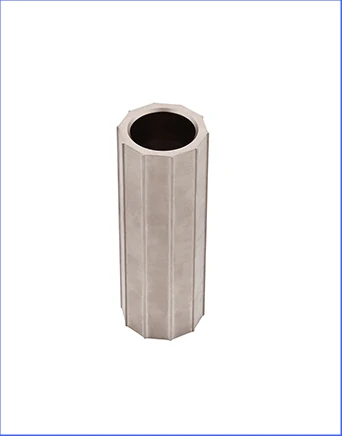Time to read: 6 min

Casting techniques are the backbone of modern manufacturing, with investment casting and die casting standing out as popular choices. This guide offers a comparative analysis of these methods, highlighting their unique advantages, applications, and the factors to consider when choosing the right casting process for your project.
Understanding Investment Casting
Investment casting, also known as the lost wax casting process, is a versatile method suitable for complex parts and various materials, including aluminum alloys, cast iron, and non-ferrous metal alloys.
Key Benefits of Investment Casting
- Design Flexibility: Ideal for intricate designs without size or shape limitations.
- Precision and Detail: Offers tight tolerances and intricate shapes, reducing post-processing needs.
- Superior Surface Finish: Produces smooth surfaces with no parting lines due to single mold use.
- Customizable Size Range: Capable of producing both small and large casts without minimum quantity demands.
Exploring Die Casting
Die casting is a high-pressure process that involves injecting molten metal into pre-made molds, available in hot chamber and cold chamber variations.
Key Benefits of Die Casting
- High Mechanical Properties: Produces compact, fine, and crystalline components with high strength and durability.
- Dimensional Accuracy: Maintains precision and tight tolerances, suitable for complex machine parts.
- Complex, Thin-Walled Parts: Capable of creating lightweight, strong components with thin walls.
- Smooth Surface Finishes: Delivers consistently smooth surfaces, often reducing post-processing needs.
A Detailed Comparison: Investment Casting vs. Die Casting
To determine the best casting method for your needs, consider the following comparison:
Working Process
- Investment casting starts with a wax pattern coated in refractory material, while die casting uses high-pressure injection into a hardened steel mold.
Material Selection
- Investment casting is suitable for both ferrous and non-ferrous metals, whereas die casting is limited to non-ferrous metals.
Design Complexity
- Investment casting offers greater design flexibility and intricacy, while die casting is suitable for larger components with good dimensional results.
Part Size
- Investment casting is ideal for small to medium-sized parts, while die casting can produce larger components with fewer size limitations.
Surface Treatment
- Investment casting provides a superior surface finish, often eliminating the need for secondary machining.
Production Volume
- Investment casting is cost-effective for low-volume production, whereas die casting excels in high-volume runs due to automation.
Tolerance
- Investment casting offers tighter tolerances for smaller components, while die casting provides standard and precision tolerances suitable for larger parts.
Cycle Time
- Investment casting is more time-consuming, while die casting can produce parts rapidly, with up to 100 shots per minute for smaller components.
Which Casting Method is More Cost-Effective?
The choice between investment casting and die casting depends on production volume and specific project requirements. Die casting is more cost-effective for large volumes due to automation, while investment casting is preferable for smaller runs due to lower machinery and tooling costs.
Conclusion: Choosing the Right Casting Process
The selection of a casting method is critical and depends on factors such as design complexity, material choice, part size, and production volume. Investment casting is ideal for complex, intricate parts in smaller volumes, while die casting is suited for larger volumes with high dimensional accuracy and smooth surfaces.
For expert advice and services in investment casting and die casting, consider partnering with experienced manufacturers like Unofactory. Our online quotation platform provides instant quotes and DFM analysis to help you optimize your design and reduce costs.




